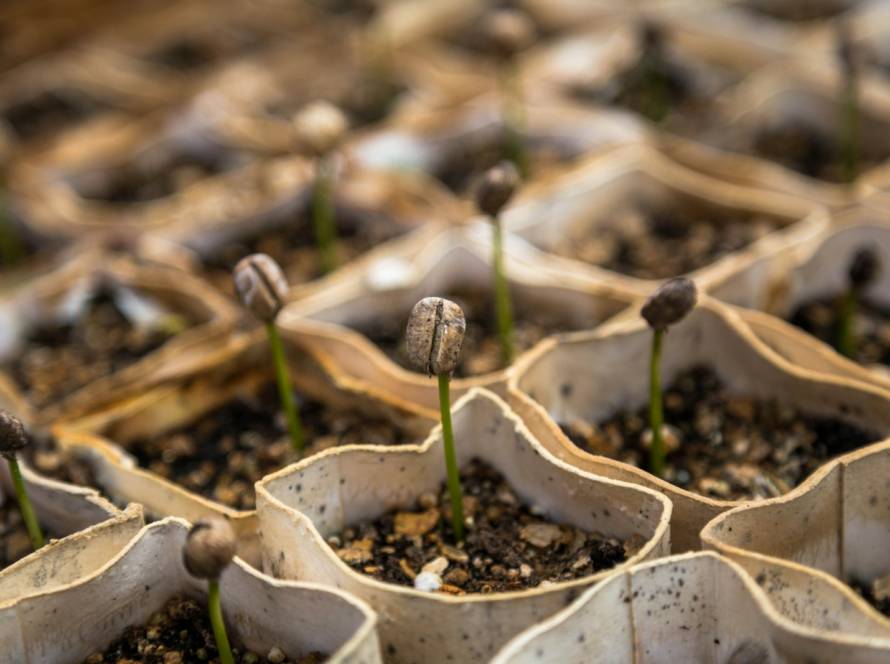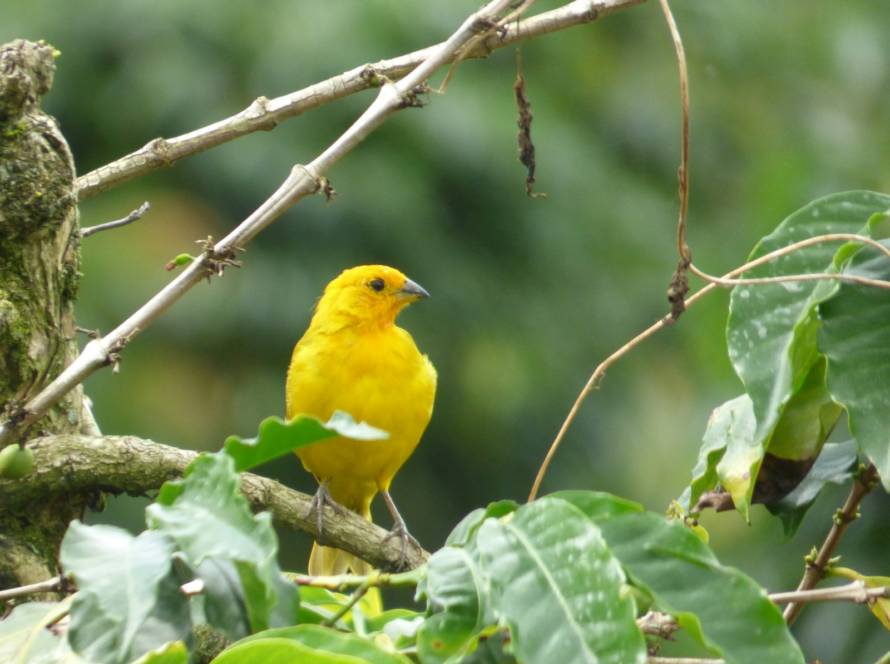From Seed to Sip: The Art and Science of Planting and Growing Coffee
Coffee, with its rich aroma and stimulating flavor, is cherished by millions worldwide. Yet, behind every cup lies a complex process of cultivation and growth, where skilled farmers nurture coffee plants through careful planting, cultivation, and harvesting. In this article, we delve into the intricacies of how people plant and grow coffee, uncovering the techniques and practices that contribute to the creation of this beloved beverage.
Selecting the Ideal Location: The journey of growing coffee begins with selecting the ideal location for planting. Coffee thrives in tropical and subtropical regions with specific climate conditions: consistent temperatures between 15°C to 24°C (59°F to 75°F), abundant rainfall evenly distributed throughout the year, and altitudes ranging from 600 to 2,000 meters (2,000 to 6,500 feet). These conditions are crucial for the development of healthy coffee plants and the production of high-quality beans.
Choosing the Right Varieties: Farmers must also choose the right coffee varieties suited to their specific growing conditions. The two main species cultivated commercially are Coffea arabica and Coffea canephora (commonly known as Robusta). Arabica, prized for its complex flavors and aromatic qualities, thrives at higher elevations with cooler temperatures, while Robusta, known for its resilience and higher caffeine content, grows at lower altitudes with warmer temperatures. Selecting the appropriate variety is essential for ensuring optimal yield and quality.
Planting Process: Coffee plants are typically propagated from seeds or seedlings. Farmers carefully prepare the soil, ensuring it is well-drained and rich in organic matter. The seeds are planted in nursery beds or directly in the field, where they germinate and develop into seedlings over the course of several months. Once the seedlings have reached a suitable size, they are transplanted to their permanent growing location.
Caring for Coffee Plants: Once planted, coffee plants require meticulous care to ensure healthy growth and maximum yield. This includes regular watering, fertilization, and pest and disease management. Farmers often intercrop coffee with shade-providing trees, such as banana or citrus, to protect the plants from direct sunlight and maintain soil moisture levels. Pruning is also essential to remove dead or diseased branches and encourage new growth.
Harvesting: The journey of a coffee plant culminates in the harvest, where ripe coffee cherries are carefully handpicked or mechanically harvested. Harvesting is a labor-intensive process that requires skilled workers to selectively pick only the ripest cherries, as unripe or overripe cherries can affect the quality of the final product. In regions where labor is abundant, handpicking remains the preferred method, allowing for greater precision and control.
Processing Methods: After harvesting, the coffee cherries undergo processing to extract the beans within. There are two primary processing methods: the dry method and the wet method. In the dry method, the cherries are spread out to dry in the sun, allowing the outer husk to shrivel and crack, revealing the beans inside. In the wet method, the cherries are pulped to remove the outer skin, fermented to loosen the mucilage, and then washed to reveal the beans. Each method imparts unique characteristics to the final cup of coffee.
The journey from seed to sip is a testament to the dedication and expertise of coffee farmers who tirelessly cultivate and nurture coffee plants to produce the beans that fuel our mornings. By understanding the intricacies of planting and growing coffee, we gain a deeper appreciation for the art and science behind this cherished beverage, enriching the experience with every sip.




